Digging Into the Past
Posted on January 15, 2020 by Lance Crawford
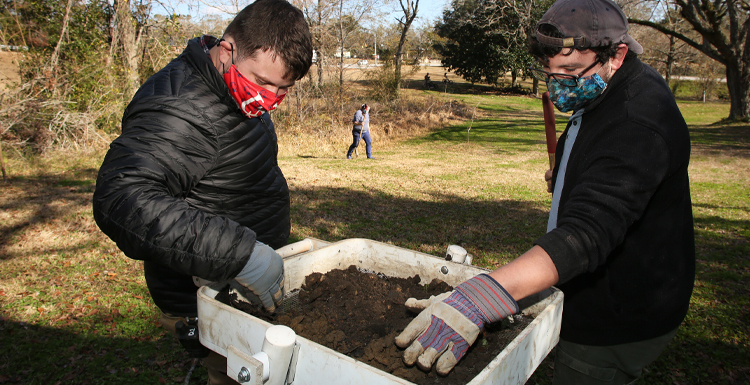
The University of South Alabama has been contracted by the City of Mobile to conduct a cultural resource survey in the Africatown community prior to the planned construction of a $3.95 million Welcome Center. The project will include excavation and archaeological work and a historical analysis to make sure the site has not been used as a burial ground in the past.
Africatown was founded by enslaved Africans who arrived on the Clotilda – the last documented slave ship to leave Africa for the U.S.
The project is expected to take 120 days and will be done in phases. The first is background research involving a search of the Alabama State Site Files and historic documents along with an oral history of the site by Dr. Kern Jackson, assistant professor and director of South’s African American studies program.
“There is so much more sensitivity being shown to our neighbors in the 36610-ZIP code than in years past, particularly by city and community leaders,” Jackson said. “I am stoked to be a part of this effort.”
Excavation began this month and is being guided by Dr. Philip Carr, professor of anthropology and director of the USA Center for Archaeological Studies.
This second phase includes a geophysical survey using ground penetrating radar to identify anomalies in the site’s subsurface.
“These anomalies could indicate a house foundation, well, or grave shaft as well as natural features such as the hole from a tree fall that filled back in,” Carr said., “So most of the time we don't know what the anomaly is until we ground truth by excavating a unit over it to investigate.”
Ground truth is excavation using shovel tests on a systematic grid and excavation of units to further investigate anomalies.
After that step, heavy equipment will be used to strip off the topsoil in key areas to be sure nothing is missed.
“We do not expect to find any graves, but we want to work hard to try to do so because we do not want any graves to be identified during construction of the Welcome Center,” Carr said.
Carr went on to say that they do expect to find artifacts from the early to mid-20th century, and possibly from the mid-to-late 19th century. He also believes this project is a win-win for Mobile and South.
“The city benefits through utilizing USA faculty and staff expertise, and we benefit by the research conducted in the community and the knowledge gained,” he said.
-
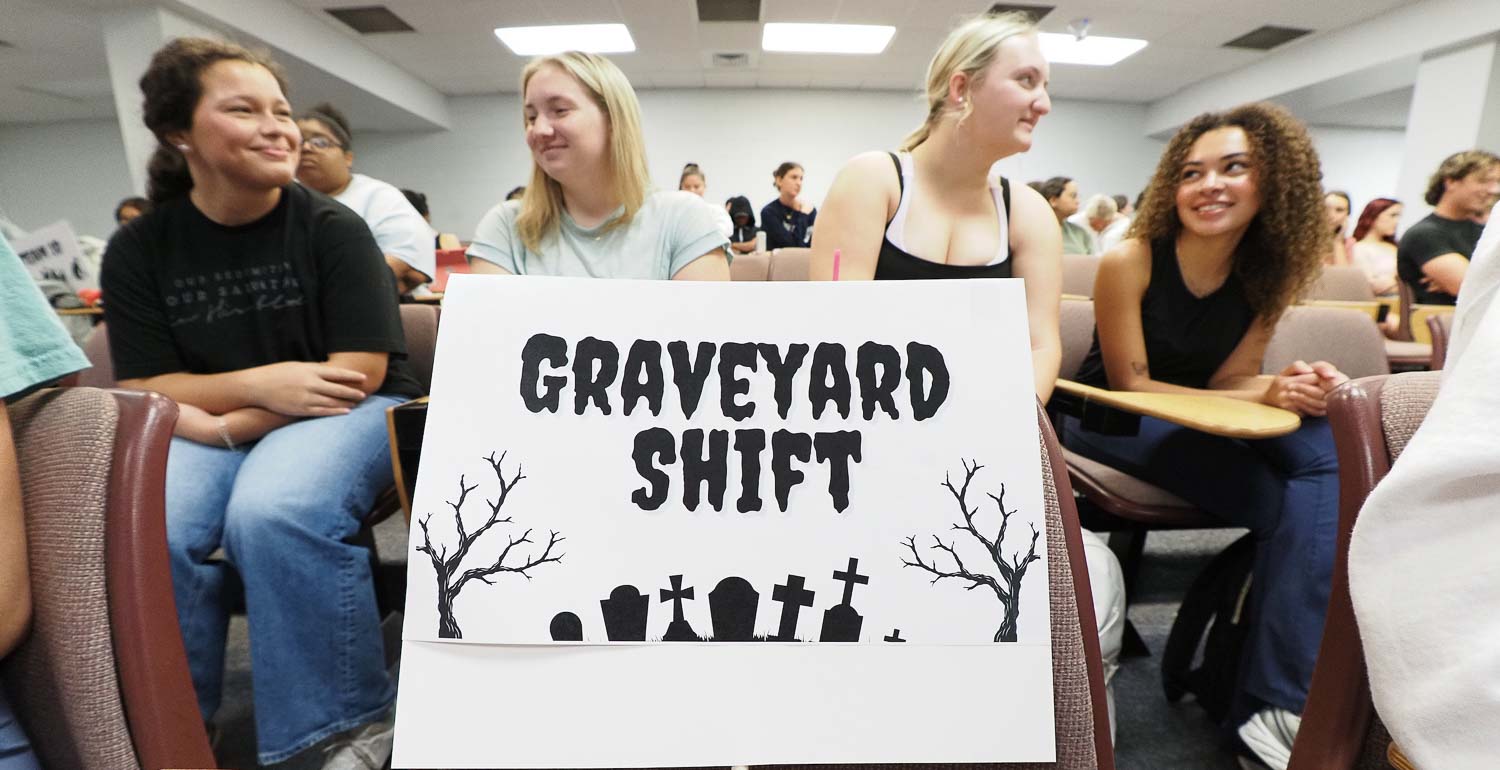
Culture, Norms, Values -- and Zombies
Students in an Introduction to Sociology at the University of South Al...
October 27, 2025 -
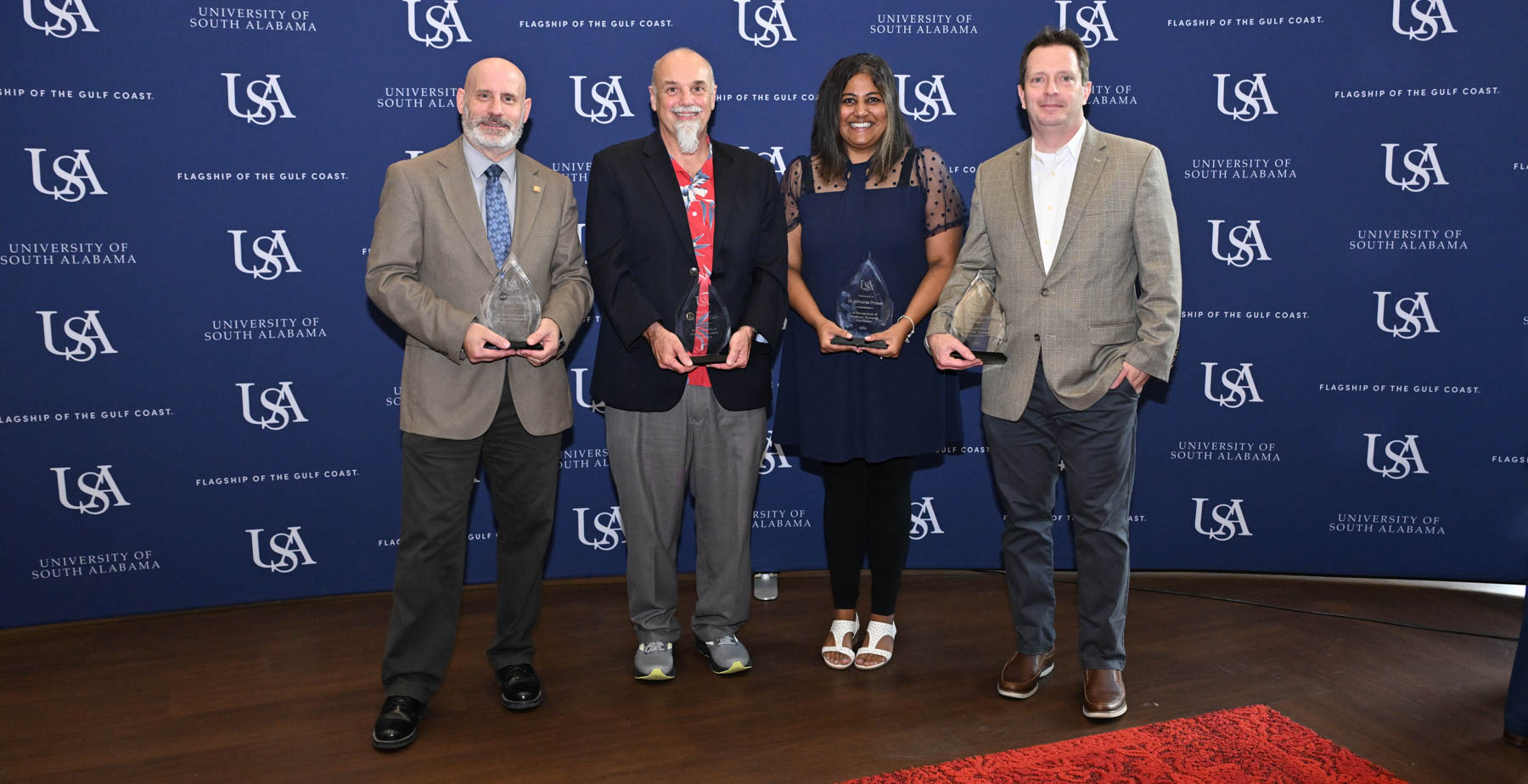
USA Research and Tech Showcase Honors Faculty Innovation in Archaeology, Cyber Defense and Genetics
The University of South Alabama's Office of Research and Economic...
January 1, 2014 -
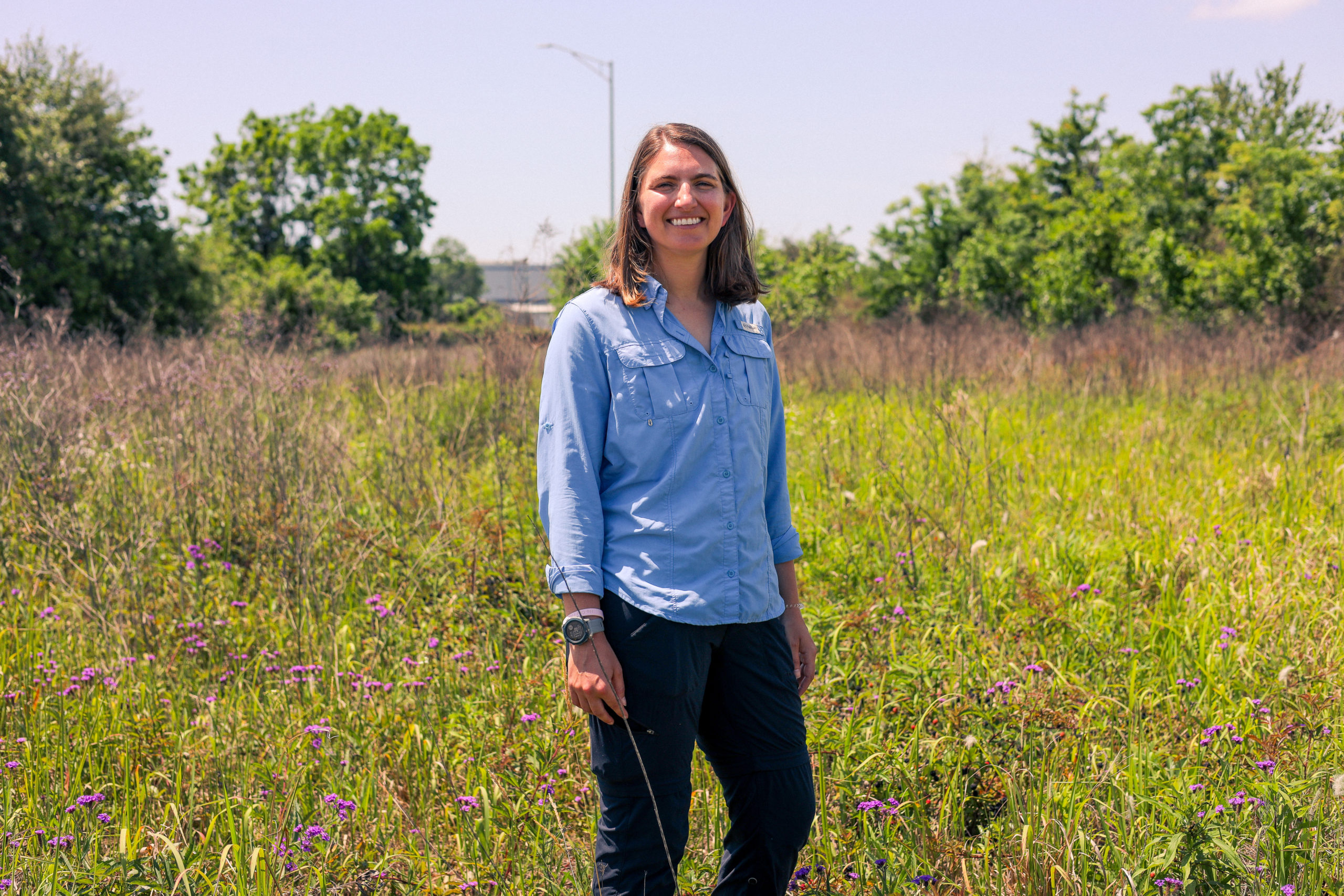
Digging Deeper
By all appearances, it’s just another infrastructure upgrade &md...
September 15, 2025 -
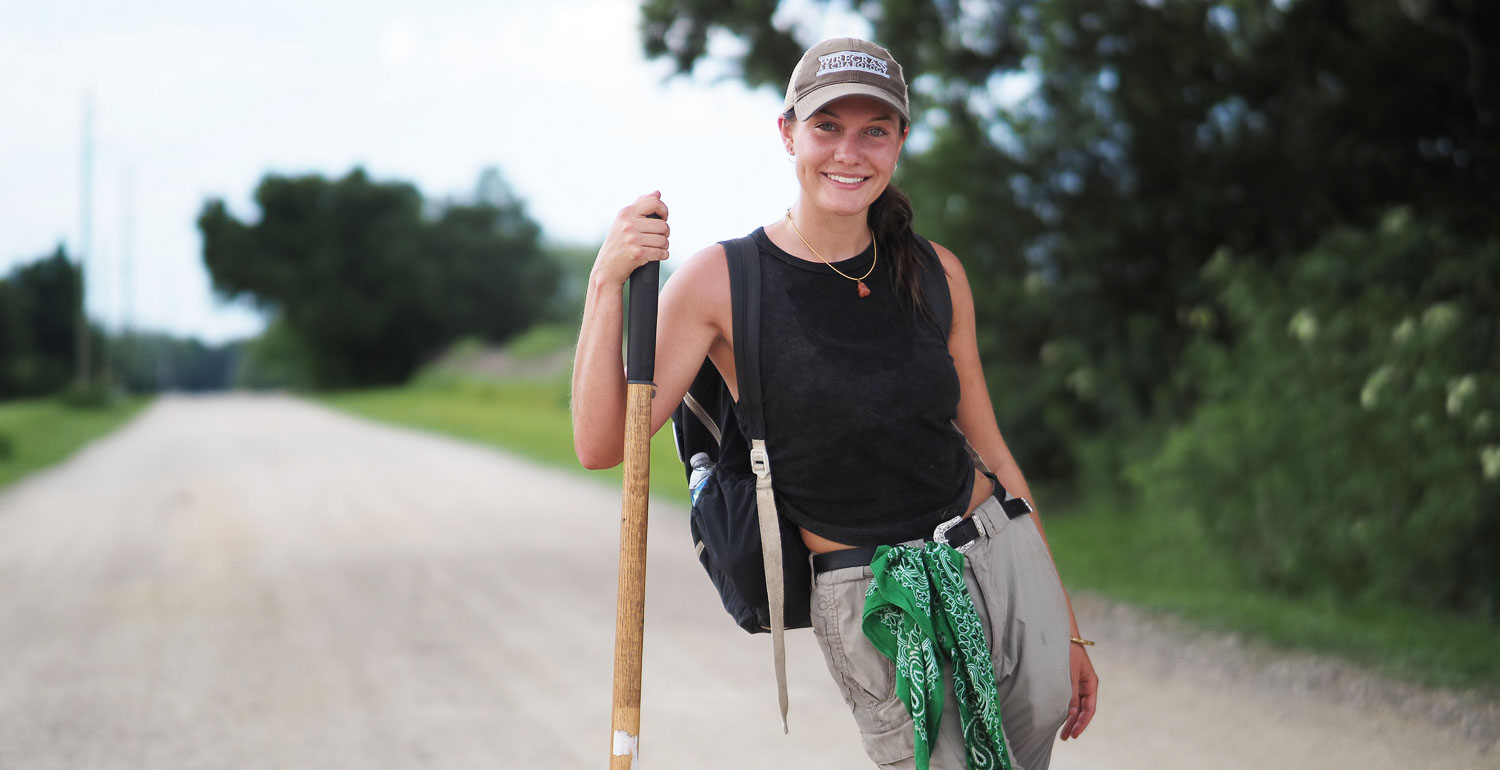
Soil to Sea
Grace Barrentine's work as an anthropologist has her digging into...
July 25, 2025


